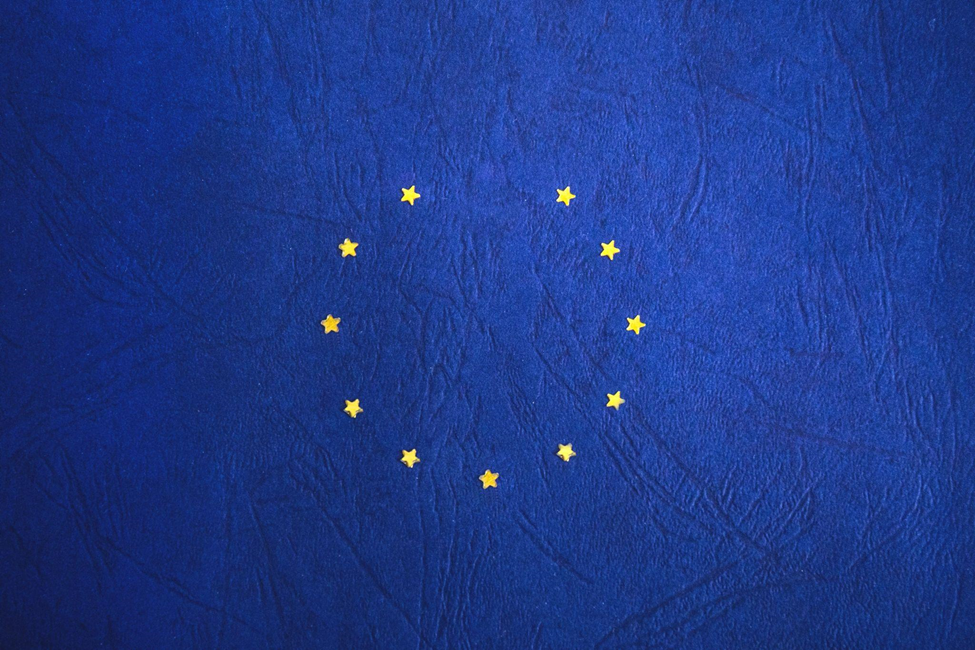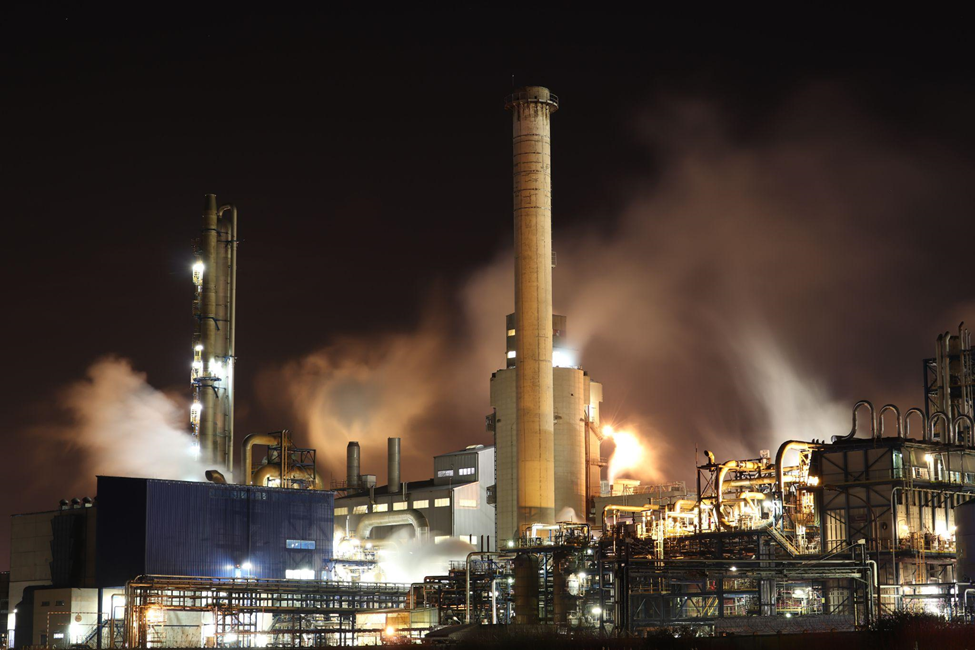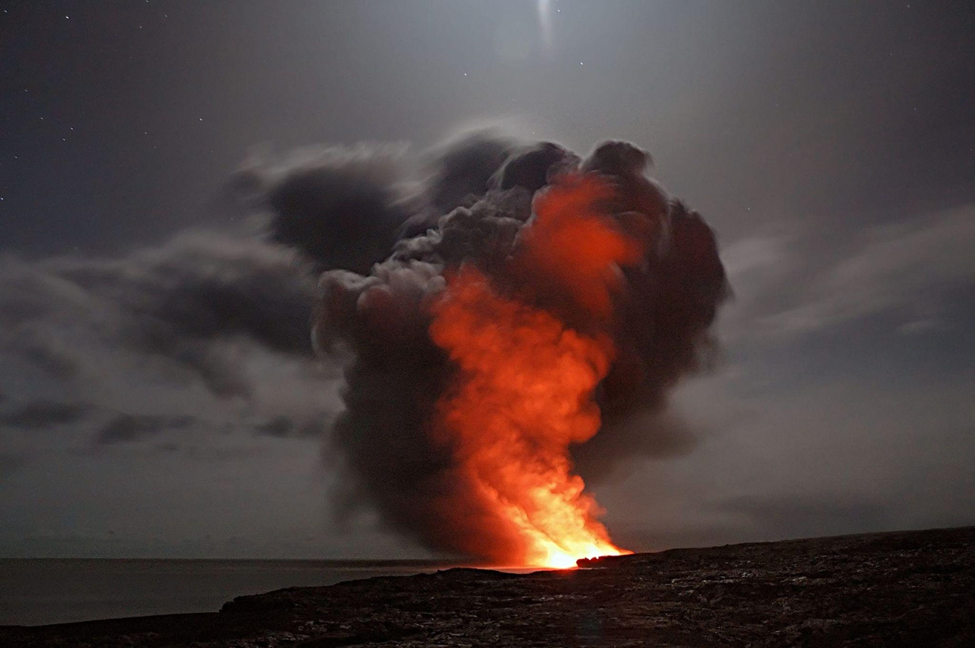In both Europe and North America, inflation has been a topic of great importance in the first quarter of 2022. Until recently, and despite widespread criticism, the European Central Bank (ECB) continued to hold firm opposing hiking rates. However, with Euro area inflation up to 5.8%, calls for the ECB to increase rates immediately are mounting. The ECB has responded to inflation’s fast start in 2022, acknowledging it by increasing inflation projections for the next three years. In addition, the ECB cut economic growth forecasts to 3.7%, attributing the decrease to the war between Ukraine and Russia.

Rising energy costs continue driving inflation
Rising inflation costs are being fueled primarily by a spike in energy costs. In late 2021, energy costs in Europe were already rising quickly in response to higher demand from the cold winter. Energy prices shot up even more due to the limited supply of natural gas, thanks to efforts to promote clean energy, earthquakes in the Netherlands, and fears of Russia reducing its European Union (EU) energy exports.
Since then, little has changed, leaving Europe with virtually no tools with which it can combat the rising cost of energy. The EU kicked off 2022 with an annual energy inflation rate of 27%, but it wasn’t alone. The US, for example, experienced a similar trend in energy inflation, dropping to nearly -19% in March and April 2020 before climbing to over 33% in November 2021.

Wages
When wages increase, and people spend more money, inflation tends to increase. Eastern Europe led the way for minimum wage increases, with Hungary seeing a 19.5% increase, followed by 13.7% in Lithuania, 12% in Estonia, and 10.9% in Romania. Unsurprisingly, Lithuania and Estonia occupy the top two positions among EU countries for annual inflation rate changes in 2022.
How the war in Ukraine and Russia is impacting inflation
Europe finds itself in a challenging situation, facing the war between Ukraine and Russia. Within the EU, 46% of solid fuel imports and 41% of natural gas imports come from Russia. Europe is caught in the unenviable position of balancing competing interests as it fights rising inflation while simultaneously imposing sanctions on Russia. On the one hand, Europe needs Russia to keep energy costs down for consumers; on the other hand, the EU and European citizens have taken a hard stance against the Russian offensive. Europe is struggling to wean itself off Russian energy, leaving open the possibility of a supply shock (and the inevitable inflation it would cause) if Russia cuts off natural gas and solid fuel imports to Europe.

The economic impacts of the war between Russia and Ukraine extend far beyond energy and negatively impact inflation in other European sectors. Overall, the war has increased inflation expectations, tightened supply, and pushed prices higher for both producers and consumers.
Russia and Ukraine are major energy, metals, and agricultural products suppliers to Europe (Ukraine is the second-largest grain supplier, accounting for roughly 14% of all EU grain imports). Without the usual volume of exports from these countries, Europe, and other countries around the world, will have to turn elsewhere for these supplies, sending prices north.
Besides Russia and Ukraine decreasing output, the war between these two countries has placed additional strain on global supply logistics, with ships and airplanes steering clear of Russian ports and airspace. These logistical challenges complicate shipping routes by closing millions of miles of airspace, leading to shipping delays and surging freight prices.
For Russia, European and American sanctions have sent the Russian economy and the ruble plunging, sparking supply shocks and paving the way for inflation to set in quickly. In early March, a survey by the Russian Central Bank showed Russian GDP declining by roughly 8%, with inflation forecasts hovering around 20%.
Inflation elsewhere in the world
Venezuela has been working to resolve its years-long battle with hyperinflation, and in February, it enjoyed the lowest monthly inflation (2.9%) in eight years. Venezuela appears to have finally escaped one of the longest-running periods of hyperinflation in history, with most transactions leaning on the US dollar.
Speaking of the US, the world’s largest economy is dealing with its inflation problems, recording annual inflation growth of 7.9%. Demand remains high in the US, though supply continues to fall short of that demand as global supply chain snags persist.
Few countries seem immune to the recent wave of inflation. Among advanced economies identified by the International Monetary Fund, 15 of 34 countries deal with 12-month inflation rates above 5%. Emerging markets and developing countries suffered even more extensive inflation, with 78 of 109 countries reporting inflation exceeding 5%.
What does the future hold?
The future remains uncertain, but the consensus seems to be that inflation will gradually ease in the next couple of years as supply chains stabilize. Though the war in Ukraine may change the long-term inflation forecasts and outcomes, the European Commission expects inflation to peak later this year. In either case, Europe, and most of the world, must contend with the painful inflation that doesn’t seem to be going anywhere.
In a shift away from the ECB’s plan to avoid rate hikes in 2022, ECB head Christine Lagarde said the central bank is preparing for a rate increase later this year. The Russia-Ukraine war and the looming threat of stagflation (slow or no economic growth combined with high inflation) have sent the ECB backpedaling, creating further uncertainty and forcing the ECB to consider a more defensive monetary policy.


